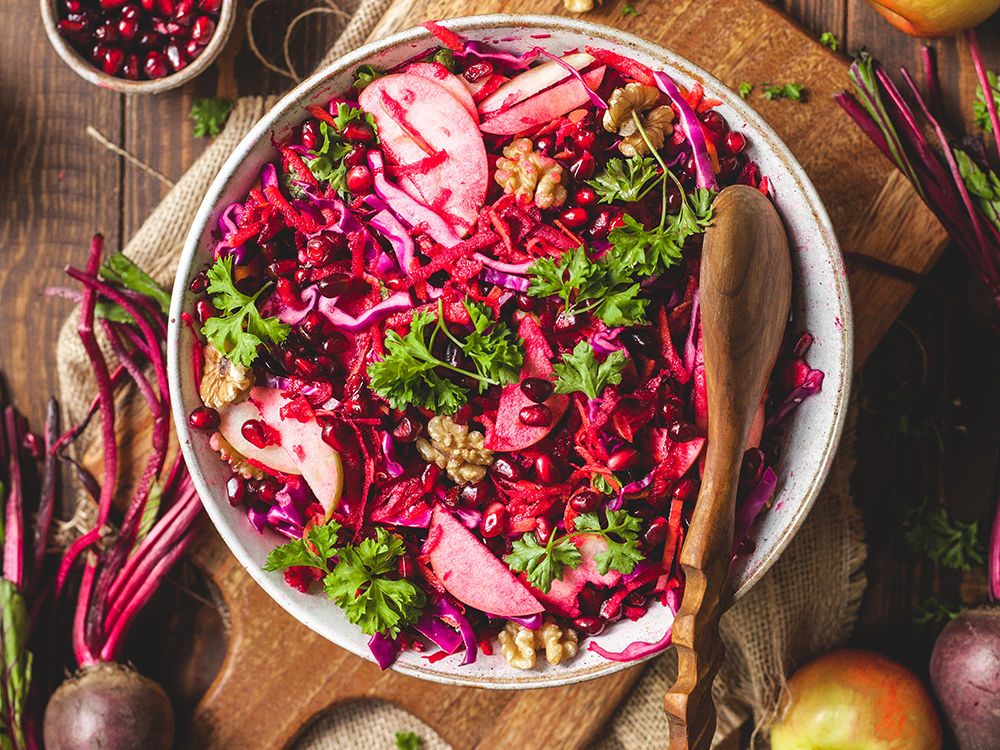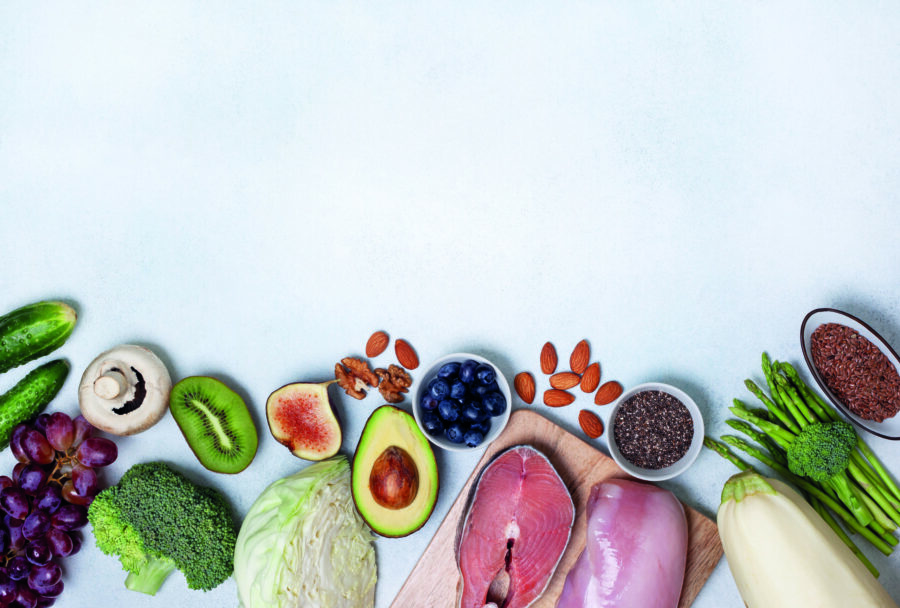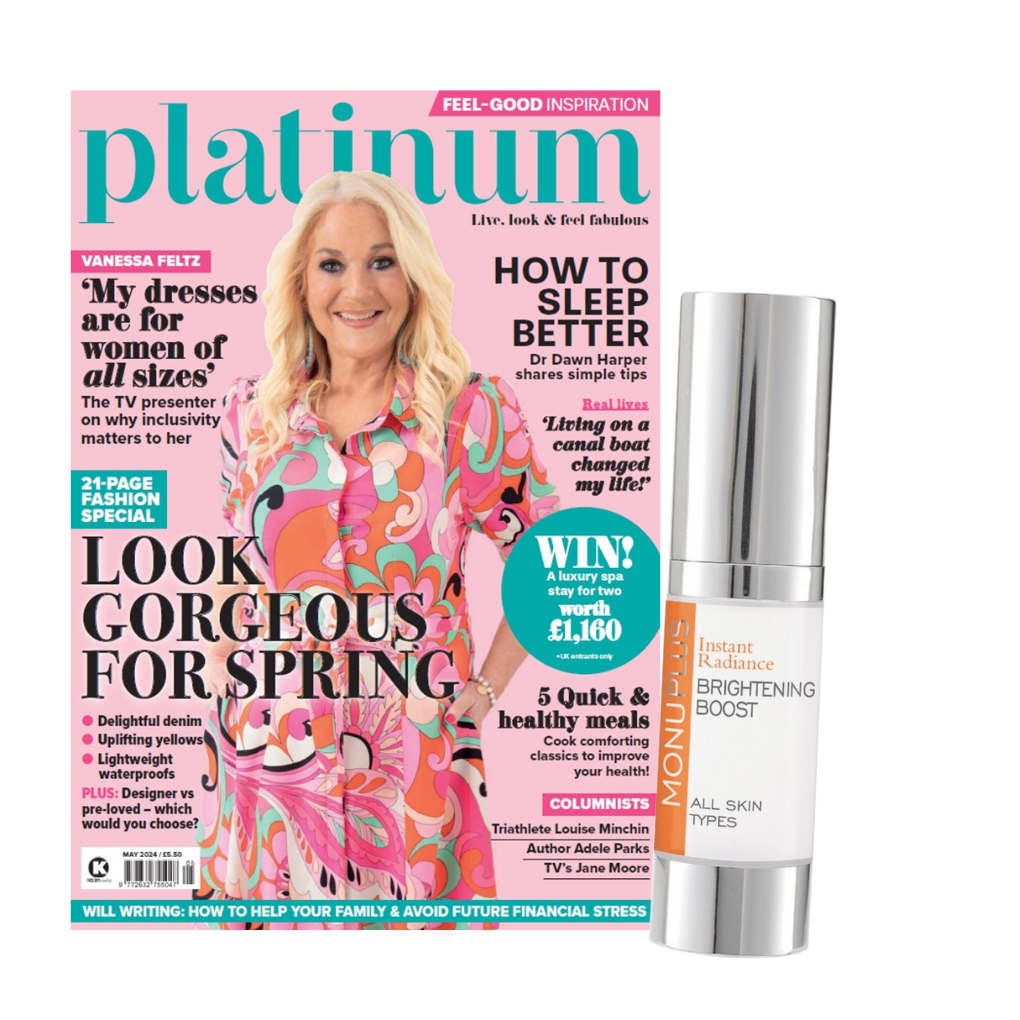You wouldn’t think that the terms ‘vegan’ and ‘paleo’ naturally fit together… One, a ‘clean-living’ lifestyle where proponents aim to do as little harm to animals and the planet as possible. The other, a carnivore’s dream, with enough meat and fats to make a medieval king blush. Enter the ‘pegan’ diet; a combination of the principles of veganism’s love of whole, plant-based foods, with the lean meats and healthy fats that followers of the paleo diet point to as giving them energy and satiety.

Speaking on The Dr. Axe Show podcast, Dr Mark Hyman, author of The Pegan Diet, and founder of the diet, explains it best, saying: “Those two extreme versions of what good nutrition is have more in common with each other than the traditional western diet. “They’re only different in one thing, which is where you get your protein from; animals or beans and grains. That’s it. Everything else is the same — whole food, real food, no dairy, low sugar, lots of nuts and seeds, lots of colourful fruits and vegetables, good fats.”
Dr Hyman took the best parts of both of the diets to create a way of eating that is based on the principles of functional medicine — an approach that focuses on identifying and addressing the root cause of disease — and is what he deems as being the best way to eat to maximise health, vitality and longevity.
The foods that make up this way of eating are rich in vitamins, minerals, fibre and omega-3 fatty acids. It can help you to feel fuller for longer, too.
What do you eat on a pegan diet?
When starting any new eating regime, it can he hard to know exactly what you should — and shouldn’t — be eating. “It’s a half-vegan, half-paleo diet, so you’re eating mostly plant-based foods with seafood and meats like chicken — but used almost as a condiment, so very small portions of chicken and meats.

Dr Gabrielle Macaulay, Director of Medicine at the London women’s holistic health centre, Mahaah Clinic.
“It’s difficult for vegans to get enough amino acids without combining different protein sources, and also hard for them to get enough omega-3s — found in salmon and other oily fish — so that’s why I’m a fan of this combined paleo-vegan diet. It’s not a fad diet — it’s a lifestyle,” says Dr Gabrielle Macaulay, Director of Medicine at the London women’s holistic health centre, Mahaah Clinic, mahaah.co.uk.
What to eat
- Healthy fats, like nuts, seeds, avocado
- Sustainably-raised or harvested seafood
- Grass-fed, organic or sustainably-raised meat, poultry and eggs
- Lots of plant foods — veggies and fruits galore
What to avoid
- Added sugars
- Gluten
- Dairy
- Soybeans
- Chemical additives, sweeteners, dyes, GMOs, etc.
- Starchy vegetables like potatoes and some whole grains are limited
What are the benefits and pitfalls?
Naturally, a diet so high in nutrient-dense foods is going to come with some health benefits. Katie Ormerod, Director of Nutrition and Co-Founder of the Mahaah Clinic, agrees. “The diet promotes a high intake of fruits and vegetables, which are some of the most nutritionally diverse foods. They’re full of vitamins, minerals, fibre, and phytonutrients, which have been shown to prevent disease and reduce both oxidative stress and inflammation within the body.

Katie Ormerod, Director of Nutrition and Co-Founder of the Mahaah Clinic.
“The pegan diet also encourages consumption of Low Glycaemic Index (Low GI) foods. The glycaemic index is a system that measures how individual foods raise blood glucose levels. A diet rich in lo w GI foods can help blood sugar stability, which can have a positive effect on energy levels, systemic inflammation and hormone balance.
“Peganism also highlights the importance of eating health y fats, including foods high in unsaturated and monosaturated fat, such as fish, nuts, seeds and avocados. Processed food intake is also restricted on the pegan diet. Diets low in saturated fat and processed foods have been positively linked to cardiovascular and overall health.”
Despite these boosts to health, this lifestyle change can come with some downfalls, too, explains Katie. “There’s always a risk of becoming deficient in certain key nutrients when you cut out major food groups. Depending on exactly how you follow a pegan diet, it’s possible you might not eat enough vitamin B12, iron or calcium. If you’re restricting legumes and fermented dairy, it may also negatively impact your gut microbiome as these foods are known to feed your ‘good’ gut bacteria. A varied gut microbiome has been linked to health benefits and longevity.”









